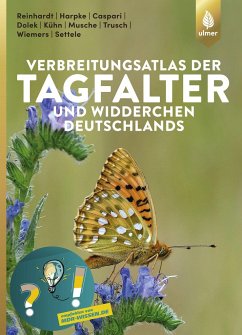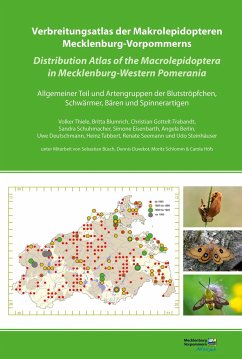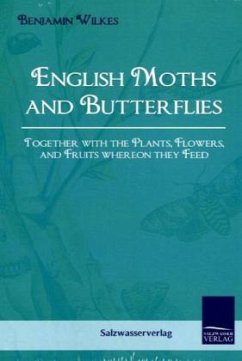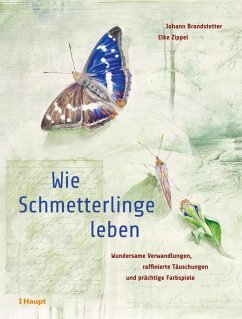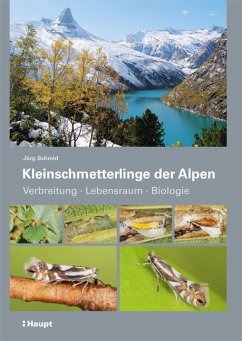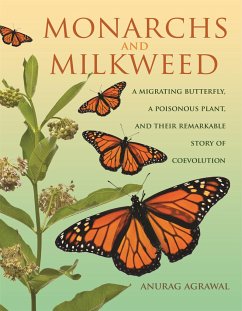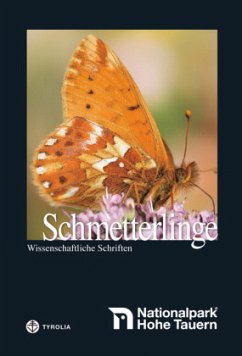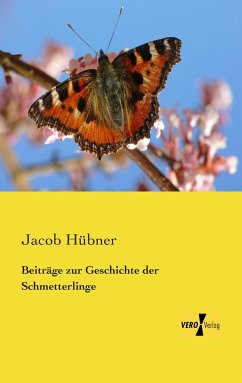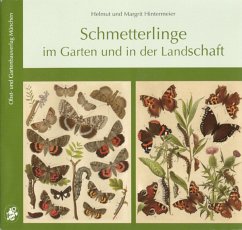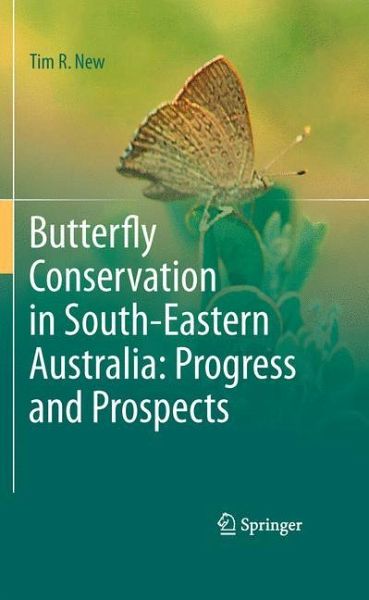
Butterfly Conservation in South-Eastern Australia: Progress and Prospects
Versandkostenfrei!
Versandfertig in 6-10 Tagen
113,99 €
inkl. MwSt.
Weitere Ausgaben:

PAYBACK Punkte
57 °P sammeln!
This unique book provides a survey of the development and practice of butterfly conservation in south east Australia. It traces the evolution of the science, discusses case histories, and summarises much previously scattered information.
A survey of the development and practice of butterfly conservation in south east Australia, tracing evolution of the science through a series of cases from focus on single subspecies through increasing levels of ecological complexity to critical biotopes and communities. The book summarises much previously scattered information, and provides access to much regional information of considerable interest to practitioners elsewhere.





